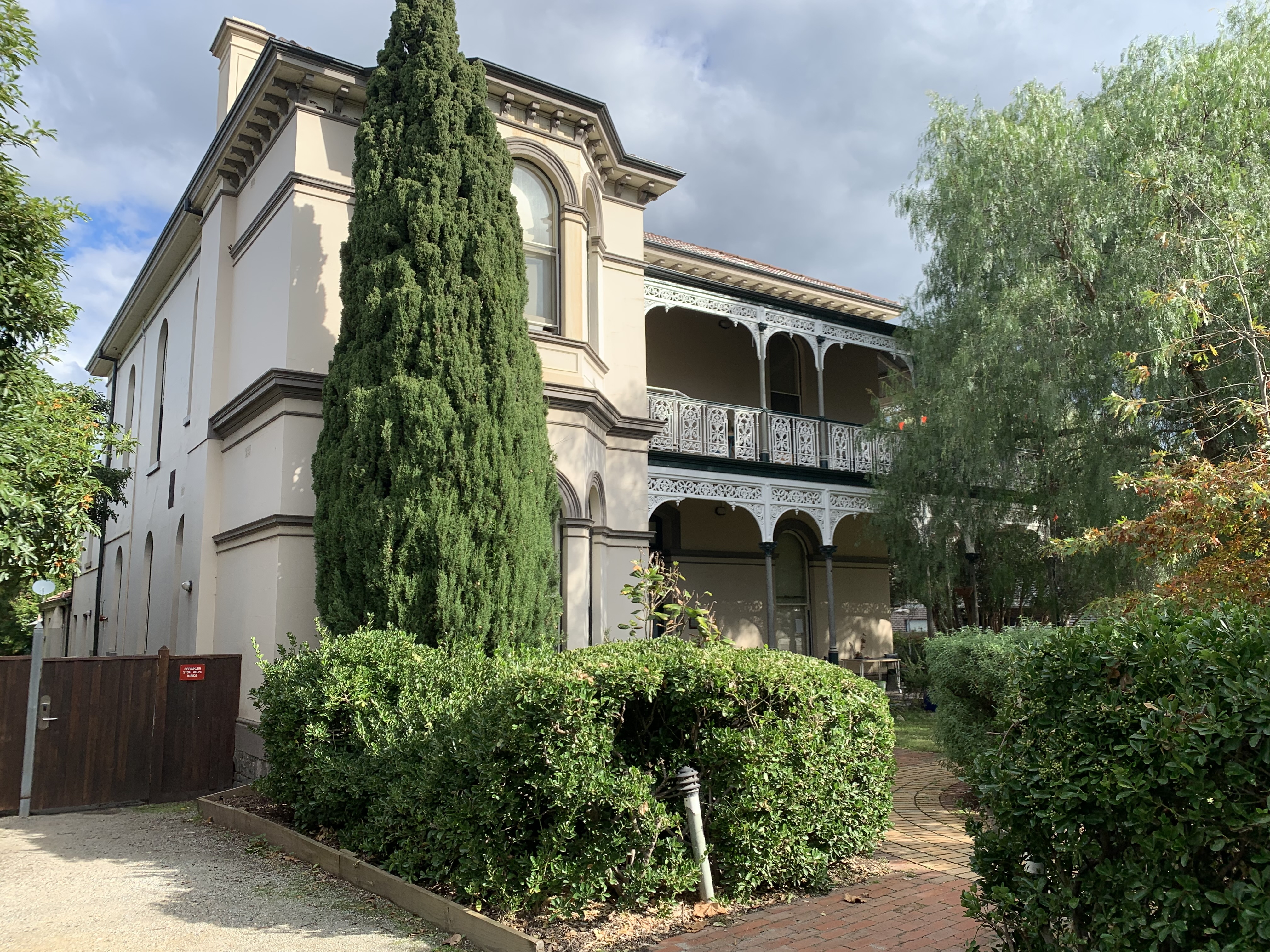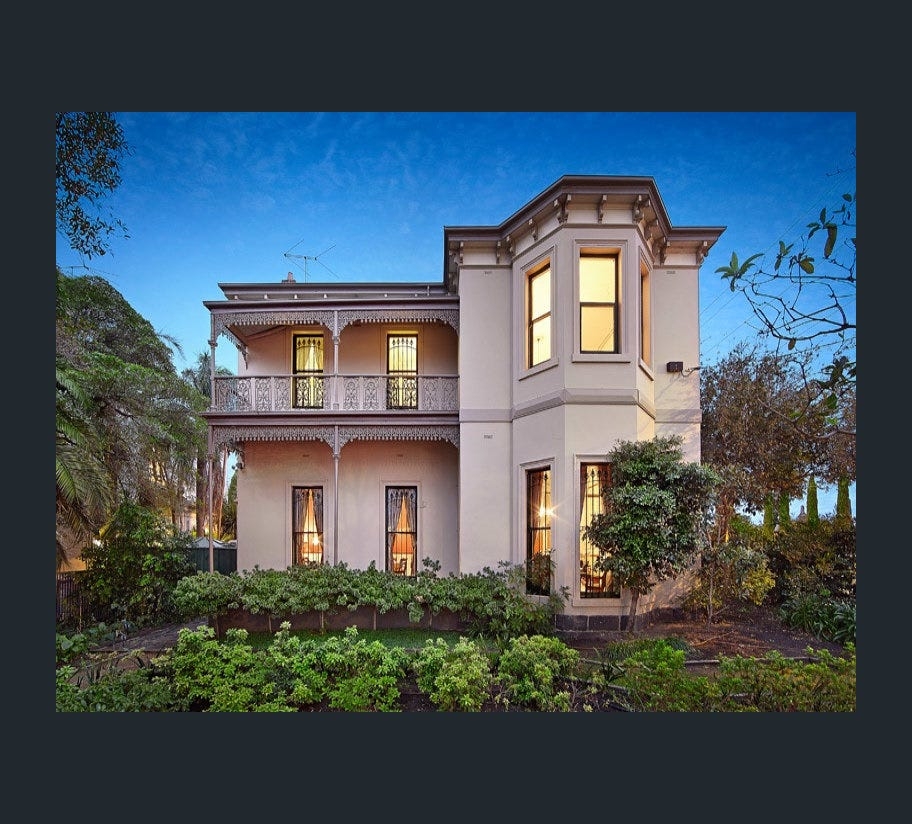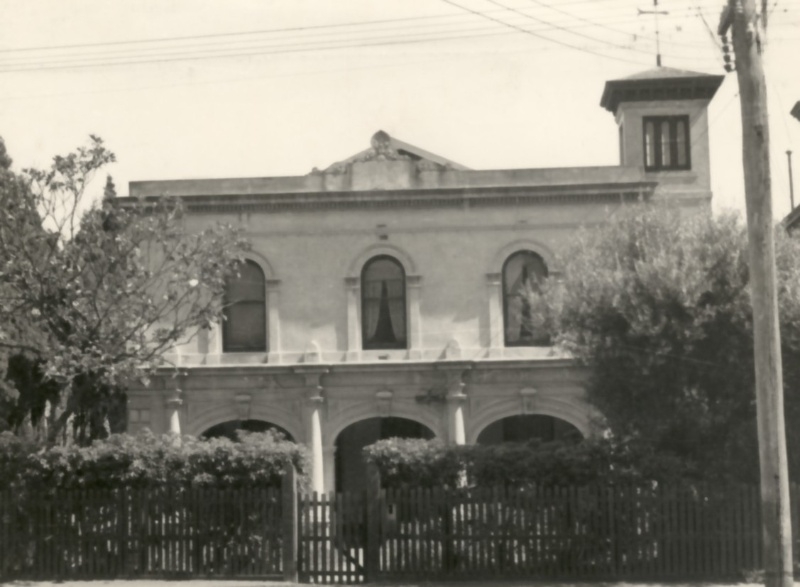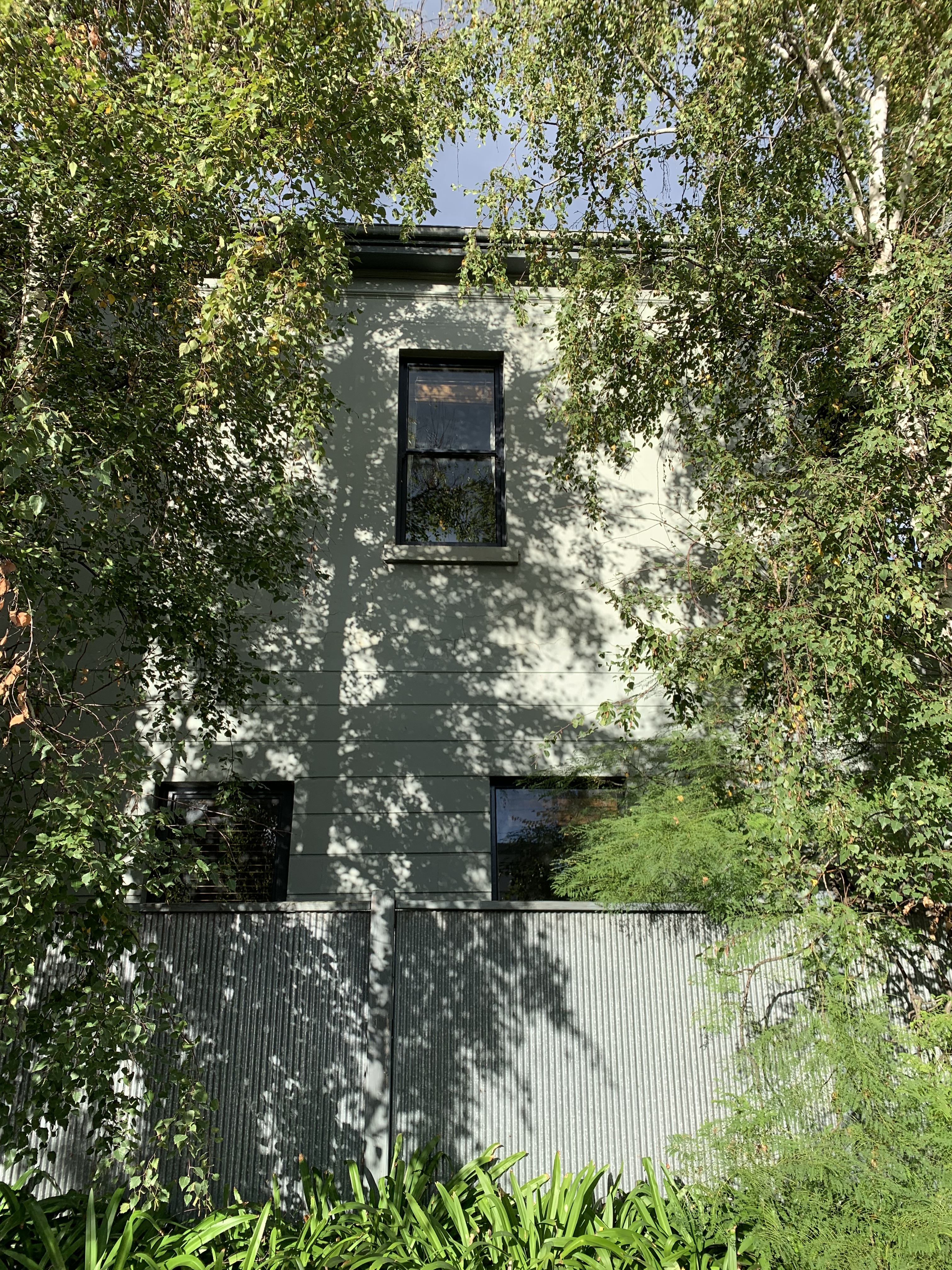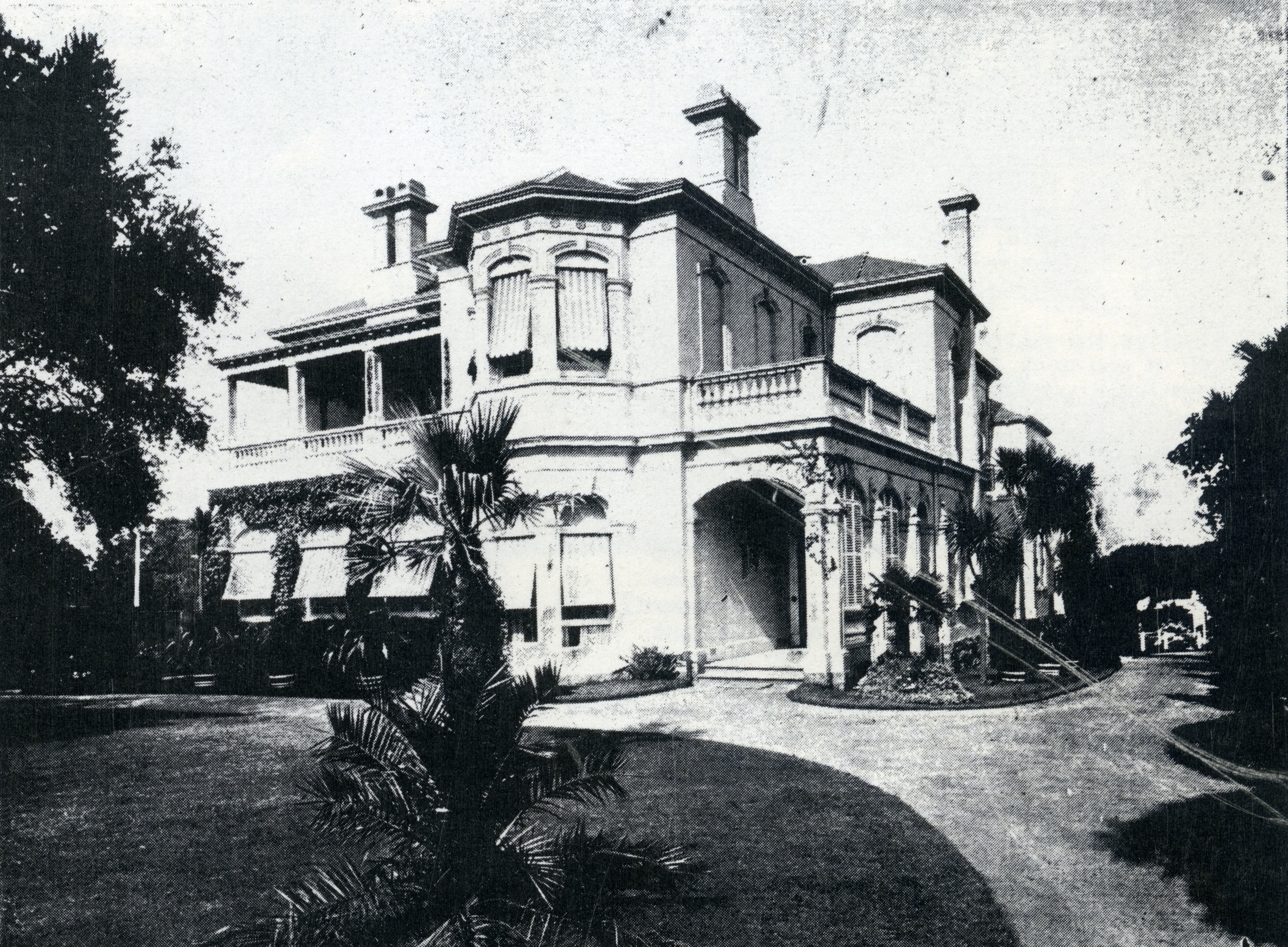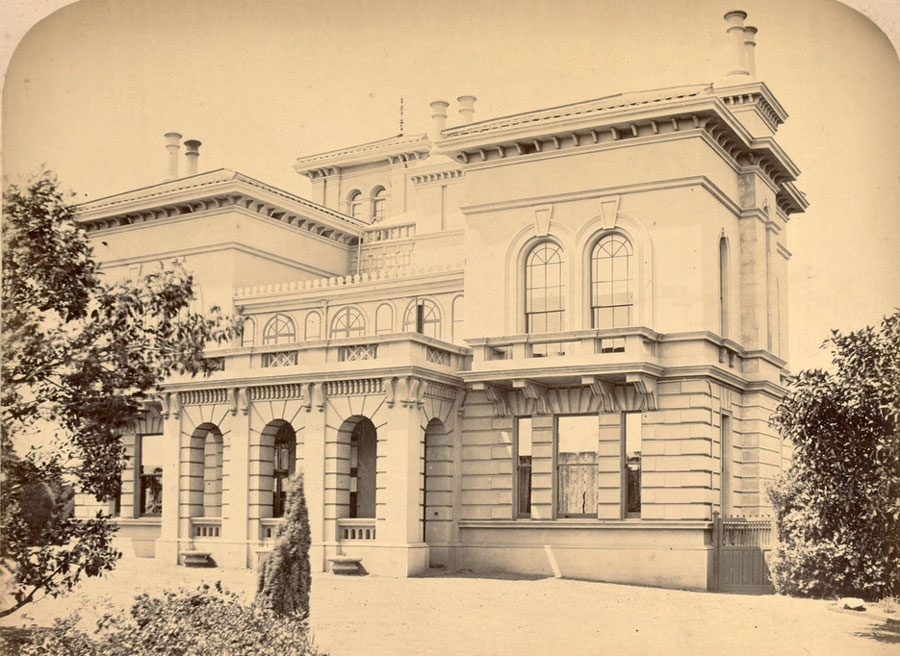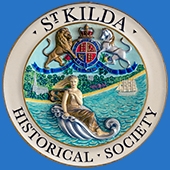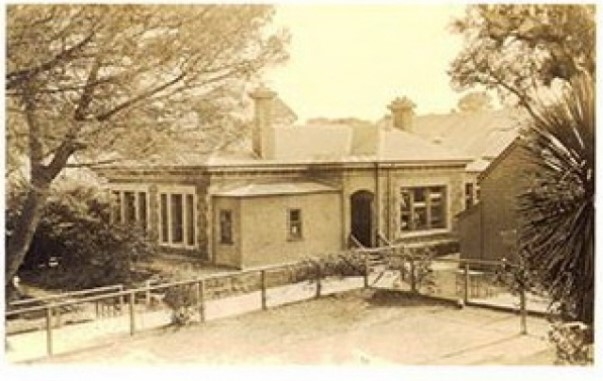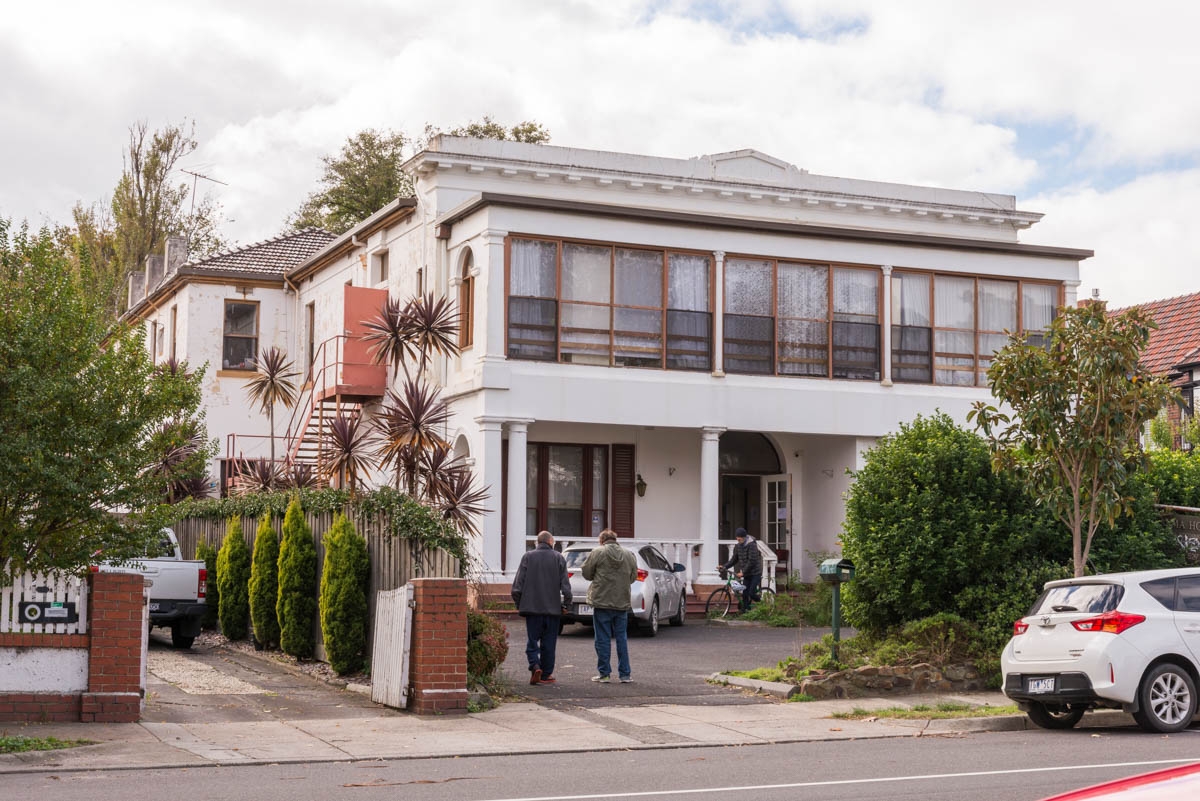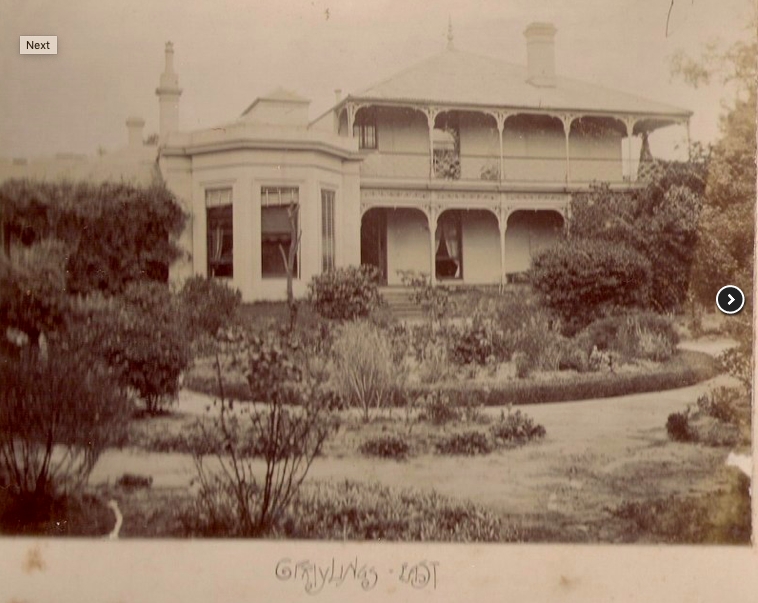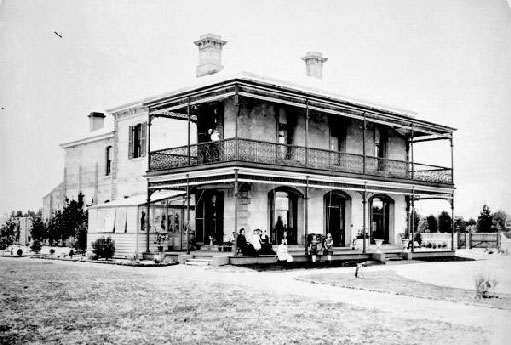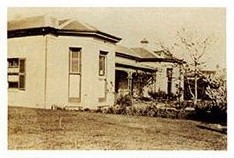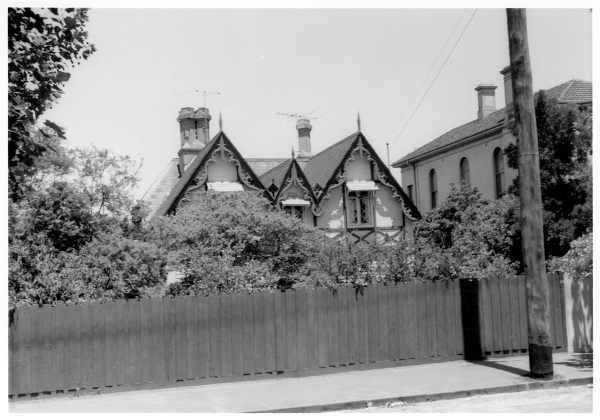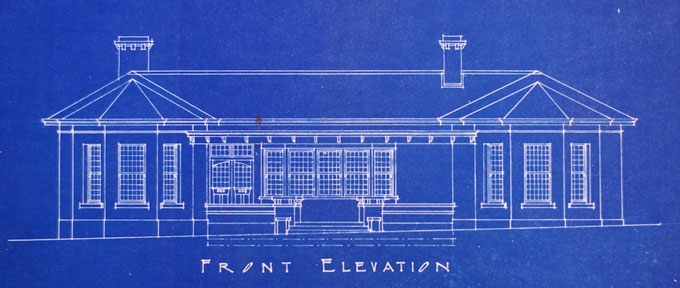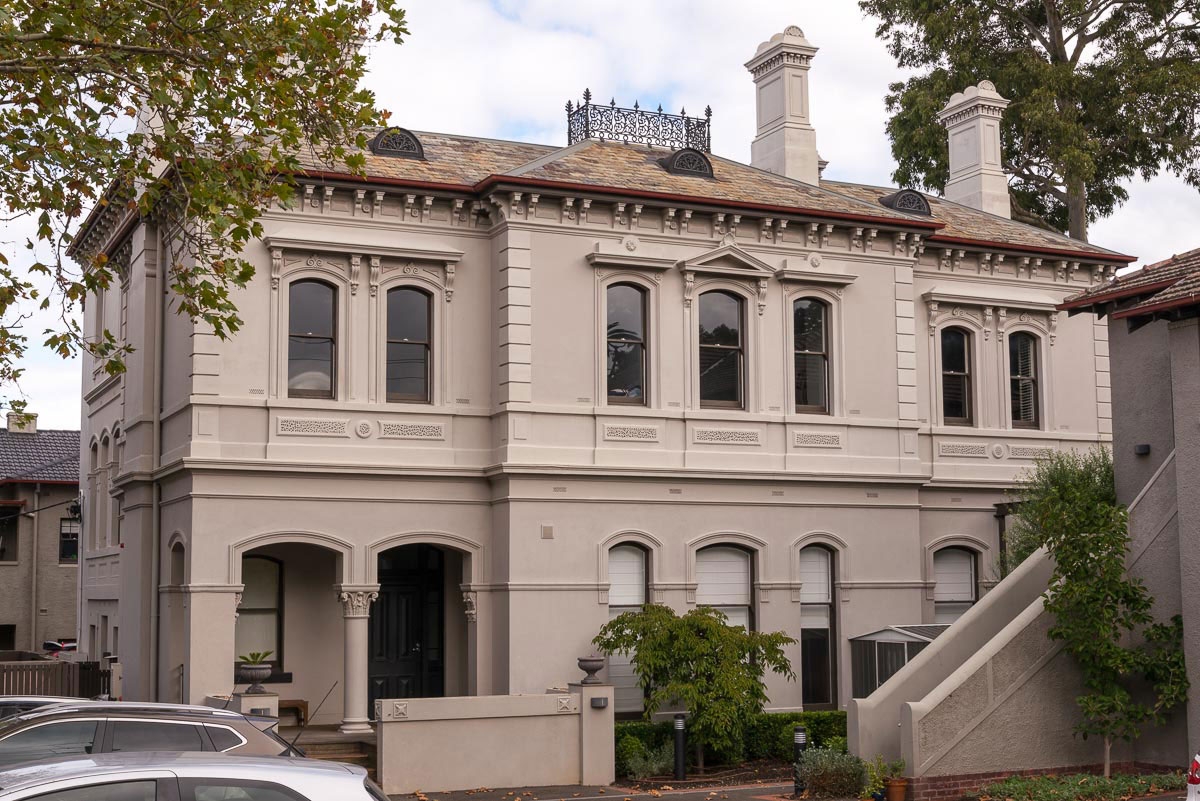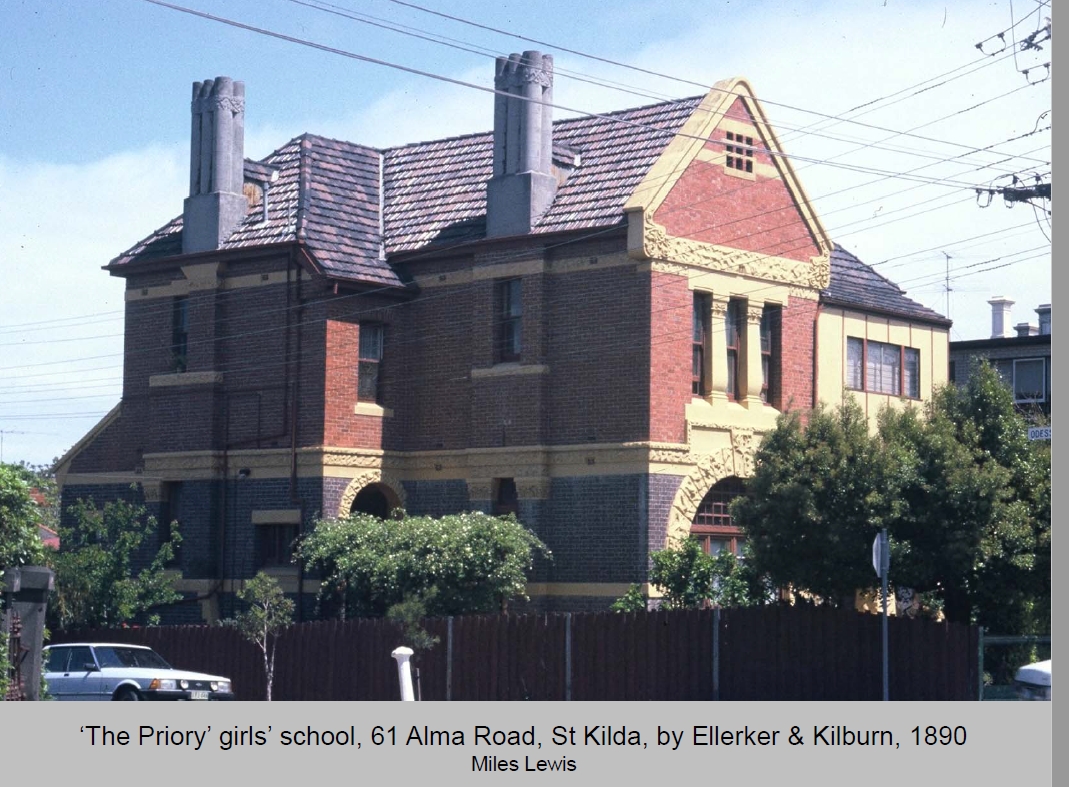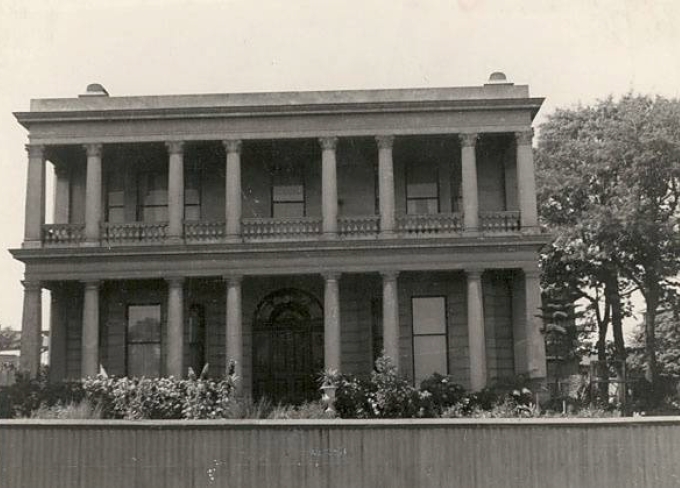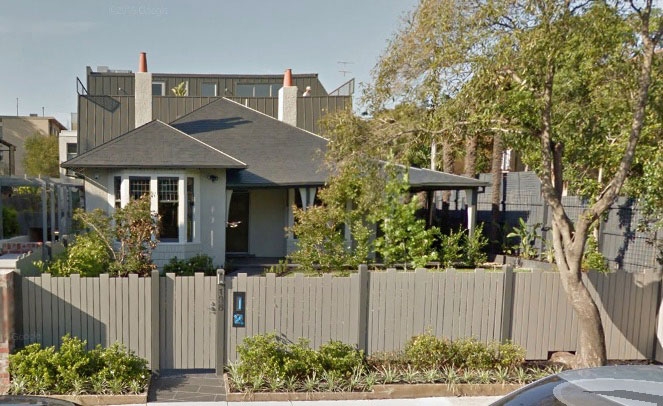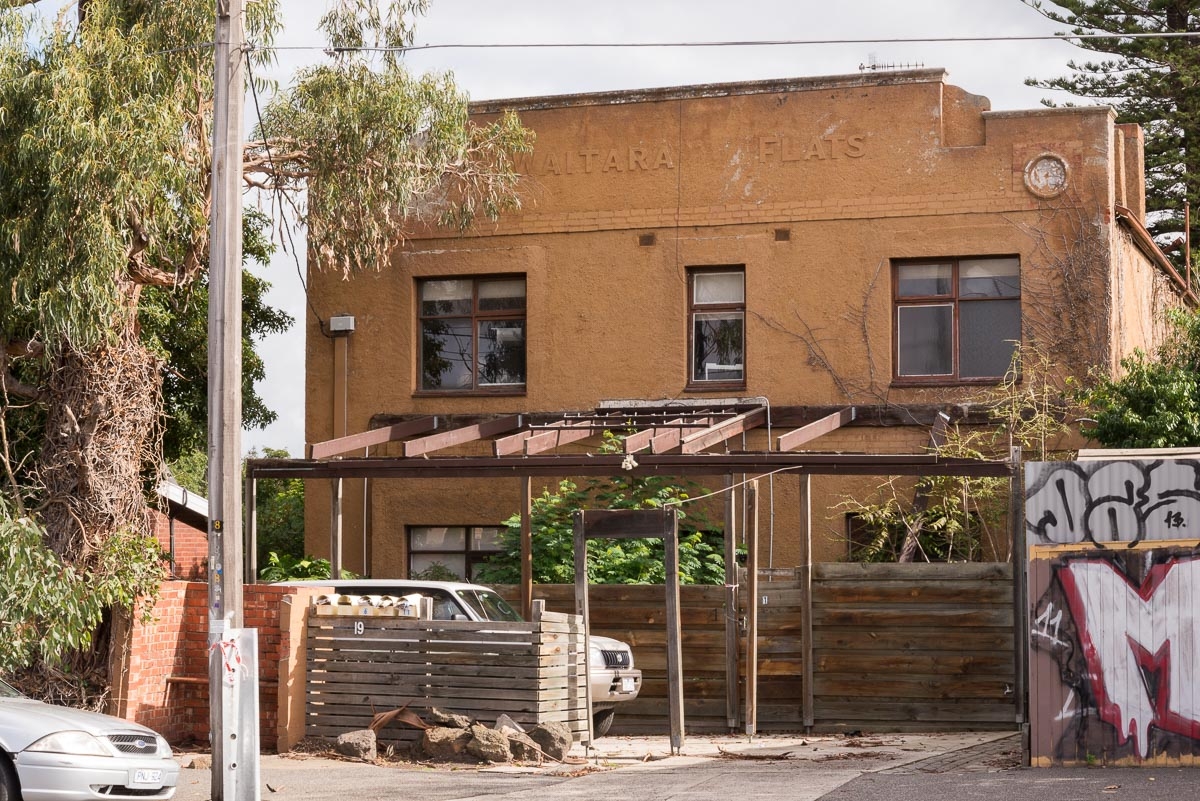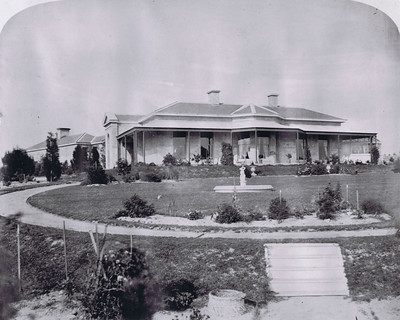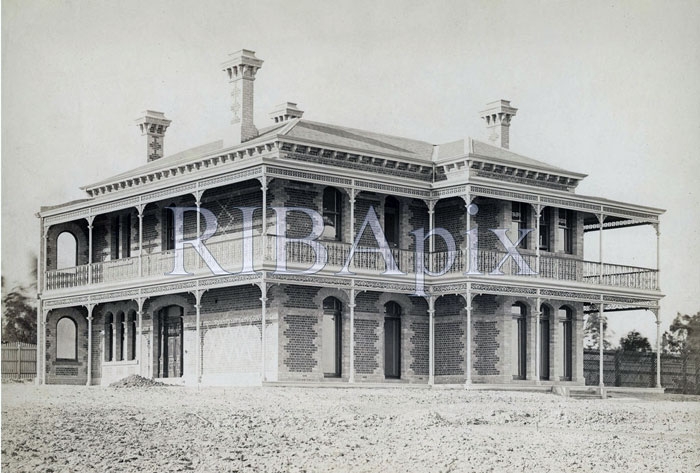Named after the Battle of the Alma (20 September 1854), usually considered as the first battle of the Crimean War (1853–1856), which took place just south of the River Alma in the Crimea. An Anglo-French force under General St. Arnaud and Lord Raglan defeated General Menshikov's Russian army, which lost around 6,000 troops
Mansions are listed by name and street number in this section accessible by pressing Read More Below
'Moira' 55 Alma Road
On the south side of Alma Road, 'Moira' once the home of Nicholas Fitzgerald MLC, still looks splendid.
154 (Demolished) 156 and 158 Alma Road (Extant) Michie Estate
These properties are grouped together as they were all built at the same time with the same design and footprint for A Michie. 158 and 156 are still remarkably intact though 154 has been demolished. .
81 (demolished) Alma Road
MMDB - No data 4 2021
SKHS No date 4 2021
National Trust image only 81
81 Alma Road address
Probaly photograph John T Collins
Aldourie 87 Alma Road
On the southeast corner of Alma and Chapel Streets, hidden behind apartments, is the early1860s home of one of St Kilda's first councillors Alexander Fraser.
Charnwood House (demolished) 22-24 Alma Road
Set high in the hill in St Kilda. the house designed by Samual Jackson must have had an imposing presence. Because of the size of the Estate it was subdivided many times before the eventual demolition of the house. The collection of photos of this is rather depressing and was fully recorded by
Built as a residence for Octavius Browne in 1851 and designed by Samuel Jackson, Charnwood House was located in one of the highest positions in St Kilda.
Cumloden (Demolished) 195-201 Alma Road
Cumloden Villa was constructed in 1873 or 1874 for John David McHaffie, the Phillip Island squatting pioneer, as his town house.
Faireleight (Extant) 134 Alma Road
Now known as Alma House, this address was once the site of Faireleight Ladies College/Clyde School for Girls before it relocated to Hanging Rock in the 1920s.
Fernacres (demolished) 215-217 Alma Road No image
James McCulloch purchased Crown Allotment 178A at the Government Land Sale 21 December 1857.
Graylings, (demolished)107 Alma Rd
Graylings was one of a series of mansions located opposite AMelbourne Mansions Database,
lma Park. SKHS has recently been provided with an image of the original mansion and information about its female inhabitants at the turn of the century.
| Other Names | Franklands |
| Date Built | |
| Owners/Occupiers | |
| MMDB Entry |
Reference/s:
Compiled by: Peter Johnson (image and description) and Sally Moore (information table)
Last updated: 26.09.20
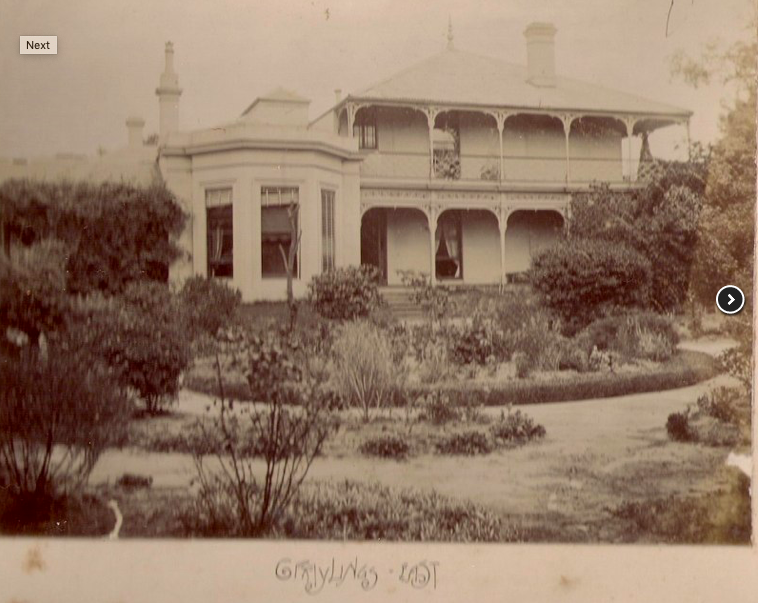
Herford,(Demolished) 203-211 Alma Road
Hertford/Herford was one of the most important houses to be built along Alma Road. Over time the land gradually increased in size and its gardens were a wonder to behold. It's first owner was Frederick Christian Lange (1832-1888) purchased Crown Allotment 172A sometime between 1864 and 1870, This file includes photographs taken by .
Replacement for Farnley (Demolished) 142 Alma Road part of Michie Estate
This was a single storey, double fronted villa built in 1865 for Sir Archibald Michie, probably as an investment property.
Sandhurst (Extant) 101 Alma Road
Sandhurst is one of the few remaining mansions along this section of Alma Road which is both visible and intact. It is in a collections of buildings on this site including one of the few remaining mansions with its stables intact. The front forcourt has an block of flacts added in 1926. The full recording of this iste is on the City of Port Phillip Heritage under Citation
The Priory (Extant) 61 Alma Road
This is a magnificent building which is in excellent condition belying its age. Originally built as a school it is now used as a private residence. It is late Victorian in the American Romanesque style. Information on this building and it history has been extracted from Citation 289 CoPP.
Though technically described as the work of Elleker and Kilburn, Kilburn's trip to America has been extensively documented by Miles Lewis showing his detailed work in the American Romanesque Style.
Toldara (extant) 40 Alma Road
Toldara is a stunning building which is almost impossible to find as it's facade has been surrounded by blocks of flats. Despite this it continues to inspire awe and surprise.
Waitara (extant) 19 Hotham Street
A large double storey villa built for Archibald Michie in 1854 to the designs of Ohlfsen Bagge architect..
| Source | Summary [or note] | |
|
1. |
Argus 1854.8.31 p.3 |
Tenders required for erecting a brick dwelling-house for Archibald Michie, Esq., at St Kilda. For plans, etc., apply to Ohlfsen Bagge, architect, 48 Collins-street east. |
|
2. |
Argus 1860.1.21 p.7 |
Tenders: Thomas Taylor architect (late of Webb and Taylor) invites tenders for several works required to be done in erecting additions and making alterations to the residence of Archibald Michie, Esq., MLA, Alma Road, St Kilda. Plans & specifications to be seen at the offices of the architect, 18 Collins Street East. |
|
3. |
Argus 1869.7.20 p.3 |
Tenders: Crouch & Wilson, architects, invite tenders for additions to residence, Alma Road, for Archibald Michie, Esq. Drawings, etc. at their office, 49 Elizabeth Street. |
Westphalia (demolished) 182-190 Alma Road
Built on an eight-acre block, and featured a drawing room, bay window and ballroom. The part of the block fronting Alma Road was eventually sold off in the early 1900s and the address of the house became 24 Lansdowne Road (since demolished).




